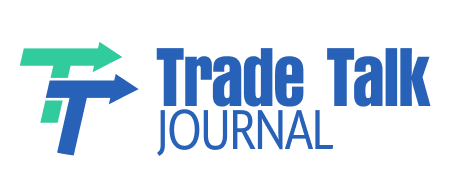The Nikkei 225 Index remained in a tight range on Friday after Japan reported a strong consumer inflation data. The index, which tracks the biggest Japanese companies, traded at ¥38,445 on Friday, a few points below this week’s high of ¥38,885 and up by 25% from its lowest point in April.
Japan inflation jumps, complicating BoJ path
The Nikkei 225 Index wavered after Japan’s statistics agency published strong consumer inflation data. This report revealed that the headline consumer price index (CPI) dropped from 3.6% in April to 3.5% in May. It rose from 0.1% to 0.3% on a month-on-month basis.
Core inflation, excluding highly volatile food and energy products, rose from 3.5% in April to a two-year high of 3.7%.
These numbers came a few days after the Bank of Japan (BoJ) delivered its interest rates unchanged at 0.50%. Minutes released today, June 20, showed that some policymakers preferred rate hikes, while others saw the need to pause these rates for some time because of Donald Trump’s tariffs.
The minutes also revealed that officials slashed their GDP estimate because of these tariffs, which have affected the important automobile sector. The sector is also contending with the fast-growing Chinese industry, where firms like BYD and Li Auto are firing on all cylinders.
The Nikkei 225 Index wavered because of the uncertainty of the central bank. Ideally, a sign that the bank will cut interest rates would be bullish for the blue-chip index, and vice versa.
Japan bond yields retreated after the latest inflation data. The 10-year yield dropped to 1.418%, down from this month’s high of 1.588%. Similarly, the five-year yield dropped to 0.947% from 1.06% earlier this month.
The Japanese yen also remained largely unchanged at 145.3%, up from the year-to-date low of 139.95%.
The Middle East crisis continues
The Nikkei 225 Index also wavered as the markets watched the ongoing crisis in the Middle East. Iran and Israel continued to launch missile attacks at each other, with Iran attack hitting an Israeli hospital.
The most notable development is that Donald Trump gave the two sides period to do diplomacy before intervening. Analysts believe that Trump will come ultimately decide to launch missile attacks targeting Iran’s nuclear program in the coming weeks.
The other risk is that Israel has signaled that it will target Ayatollah Ali Khamenei, the country’s Supreme Leader. Such a move will likely escalate the crisis, affecting global stock indices like the Nikkei 225.
Nikkei 225 Index technical analysis
The daily chart shows that the Nikkei 225 Index bottomed at ¥30,800 in April and then rebounded to a high of ¥38,880 this week. It has remained above the 50-day and 25-day Exponential Moving Averages (EMA).
The index is also slightly above the key support level at ¥38,253, its highest point on March 26. However, it has also formed a rising wedge pattern, while the Relative Strength Index (RSI) and the MACD have formed a bearish divergence.
Therefore, the index will likely have a bearish breakdown in the coming days now that the two lines are nearing their confluence. This confluence may see it dropping to ¥37,000 in the coming weeks.
The post Nikkei 225 Index pattern points to a crash as Japan inflation rises appeared first on Invezz

